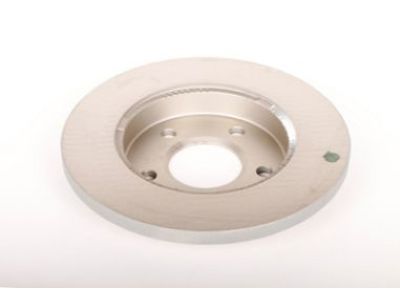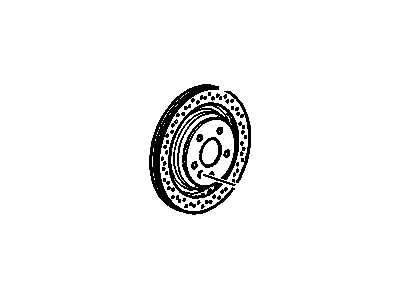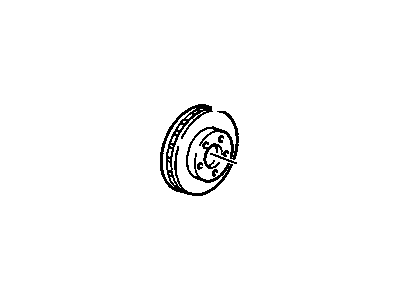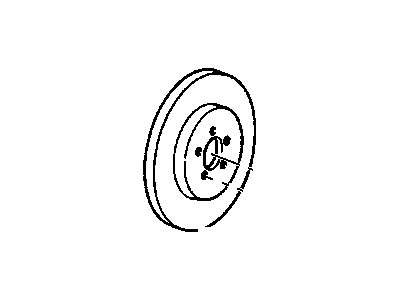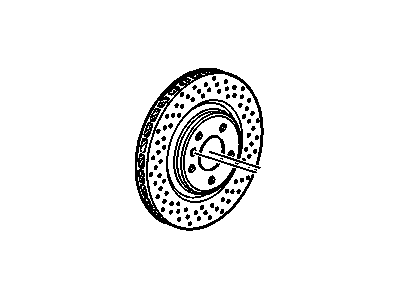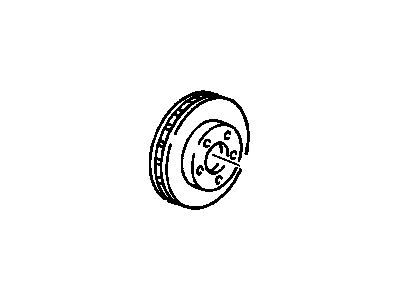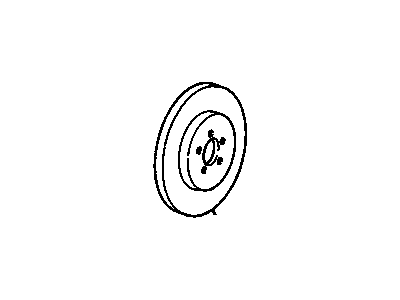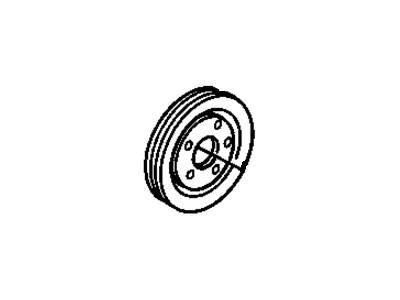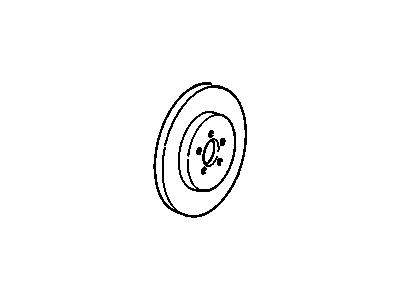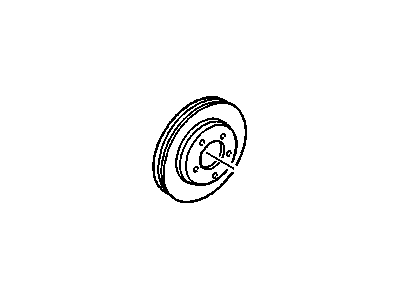
My Garage
My Account
Cart
Genuine Pontiac Grand Prix Brake Disc
Disc Rotor- Select Vehicle by Model
- Select Vehicle by VIN
Select Vehicle by Model
orMake
Model
Year
Select Vehicle by VIN
For the most accurate results, select vehicle by your VIN (Vehicle Identification Number).
12 Brake Discs found
Pontiac Grand Prix Rear Brake Rotor
Part Number: 23127569$137.13 MSRP: $267.32You Save: $130.19 (49%)Ships in 1-2 Business DaysPontiac Grand Prix Front Brake Rotor Assembly
Part Number: 19303832$48.08 MSRP: $146.71You Save: $98.63 (68%)Pontiac Grand Prix Rear Brake Rotor
Part Number: 19303830$57.66 MSRP: $159.19You Save: $101.53 (64%)Ships in 1-2 Business DaysPontiac Grand Prix Front Brake Rotor
Part Number: 15919061$65.02 MSRP: $198.37You Save: $133.35 (68%)Pontiac Grand Prix Front Brake Rotor
Part Number: 19303816$128.73 MSRP: $234.07You Save: $105.34 (45%)Ships in 1-2 Business DaysPontiac Grand Prix Front Brake Rotor
Part Number: 19171429$50.36 MSRP: $95.01You Save: $44.65 (47%)Ships in 1-3 Business DaysPontiac Grand Prix Front Brake Rotor Assembly
Part Number: 19303831$33.85 MSRP: $139.00You Save: $105.15 (76%)
Pontiac Grand Prix Brake Disc
The Brake Disc of Pontiac Grand prix vehicles is one of the disc brake system and holds the friction surface that is needed for the car to be slowed down or stopped. Residing on the axle or the hub, it is connected with brake pads and calipers, in which hydraulic pressure applies pressure on the pads and then they bear on the rotor to stop the vehicle. This design enables dissipation of heat through the stator as well as the rotors especially where these rotors have been designed with cooling fins. With time on the market, Pontiac Grand Prix models have incorporated all kinds of Brake Discs, both solid and vented. Solid rotors are commonly used for smaller cars which are non-performance while vented rotors are used for performance cars due to their superior cooling ability. Care is thus of paramount importance seeing that things such as scoring, warping and excessive wear can hamper the braking capacity all together. It is recommended that the Brake Disc of Pontiac Grand Prix be checked on a regular bases in order to perform its optimal and its parts replace when needed.
Each OEM Pontiac Grand Prix Brake Disc we offer is competitively priced and comes with the assurance of the manufacturer's warranty for the part. Furthermore, we guarantee the speedy delivery of your orders right to your doorstep. Our hassle-free return policy is also in place for your peace of mind.
Pontiac Grand Prix Brake Disc Parts Questions & Experts Answers
- Q: How to properly replace and inspect a brake disc on Pontiac Grand Prix?A:Loosen the wheel lug nuts, raise the vehicle, and support it securely on jackstands. Apply the parking brake and block the wheels to prevent rolling. Remove the wheel and install three lug nuts to hold the disc in place. Remove the brake caliper without disconnecting the brake hose, and suspend it out of the way with a piece of wire, ensuring it does not hang by the hose. Visually inspect the disc surface for score marks and damage; light scratches are normal, but deep score marks over 0.015-inch require disc removal and refinishing. Check both sides of the disc, noting that severe wear may necessitate replacement. To check disc run out, mount a dial indicator about 1/2-inch from the outer edge of the disc, set it to zero, and turn the disc, ensuring the reading does not exceed the allowable limit. Discs should be resurfaced for a smooth finish, and if not machined, remove the glaze with sandpaper or emery cloth. Never machine the disc below the specified minimum allowable thickness, which can be checked with a micrometer. If equipped, remove the caliper mounting bracket by detaching the bolts. Place the disc over the threaded studs, install the caliper and Brake Pad assembly, and tighten the caliper bolts to the specified torque. Install the wheel, lower the vehicle, and tighten the lug nuts. Depress the brake pedal a few times to bring the brake pads into contact with the disc, and check the operation of the brakes before driving.
Related Pontiac Grand Prix Parts
Browse by Year
2008 Brake Disc 2007 Brake Disc 2006 Brake Disc 2005 Brake Disc 2004 Brake Disc 2003 Brake Disc 2002 Brake Disc 2001 Brake Disc 2000 Brake Disc 1999 Brake Disc 1998 Brake Disc 1997 Brake Disc 1996 Brake Disc 1995 Brake Disc 1993 Brake Disc 1992 Brake Disc 1991 Brake Disc 1990 Brake Disc 1989 Brake Disc 1988 Brake Disc 1987 Brake Disc 1986 Brake Disc 1985 Brake Disc 1984 Brake Disc 1983 Brake Disc 1982 Brake Disc

